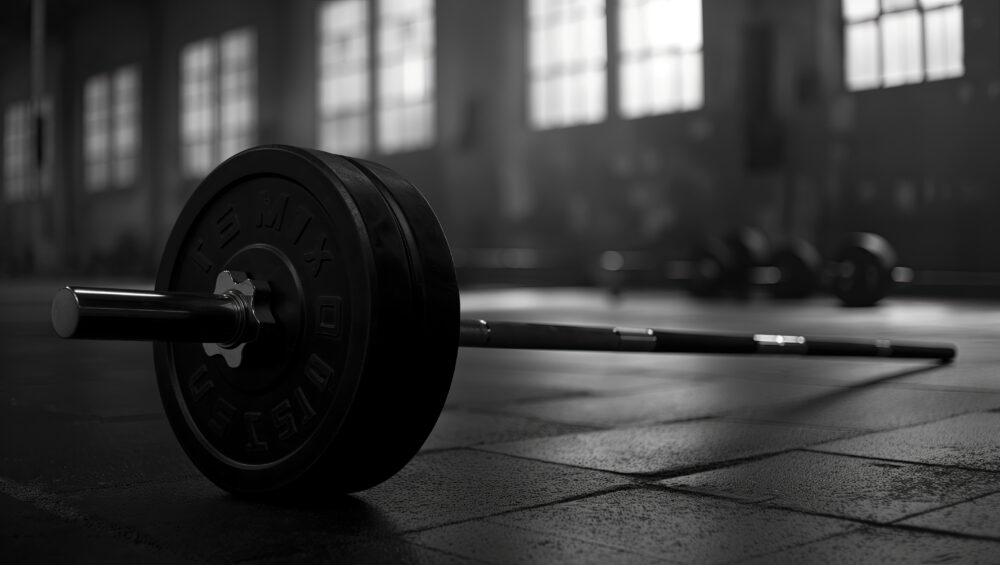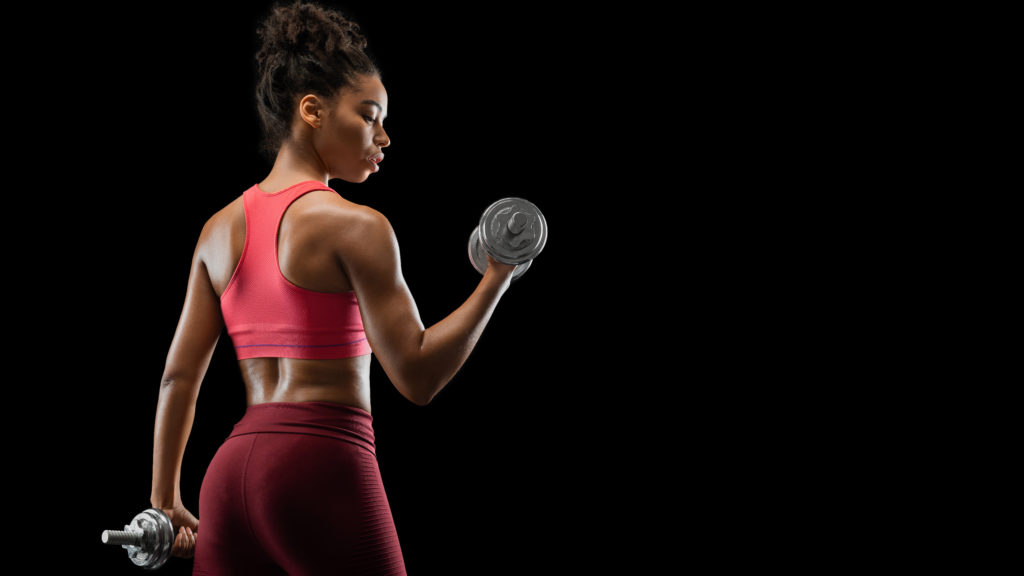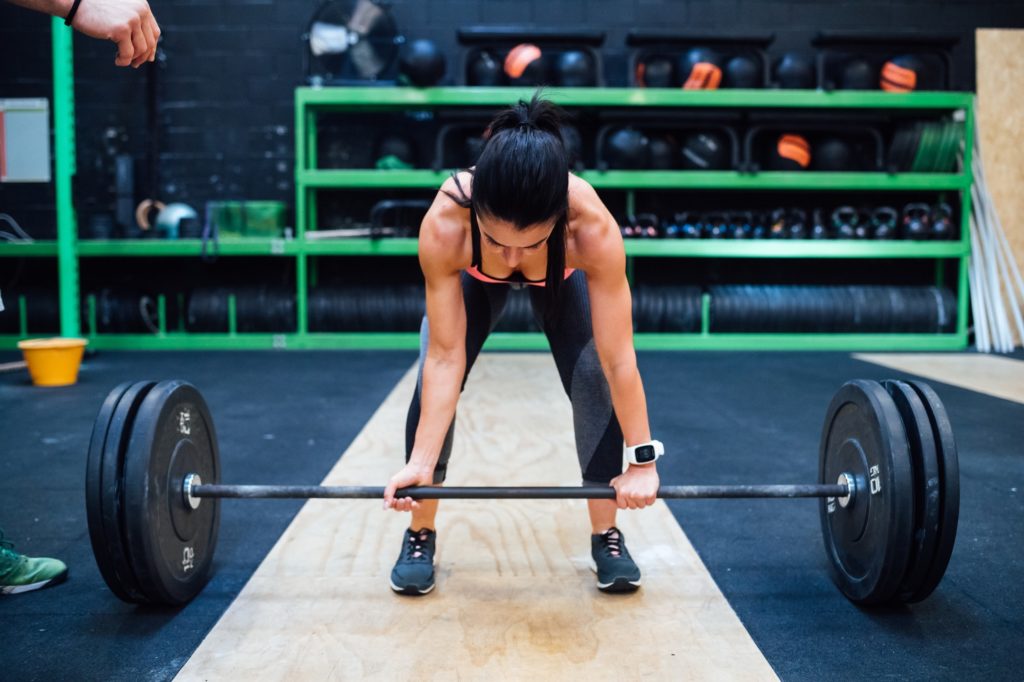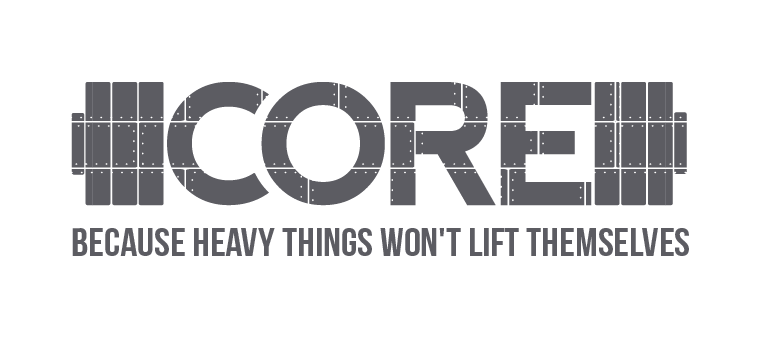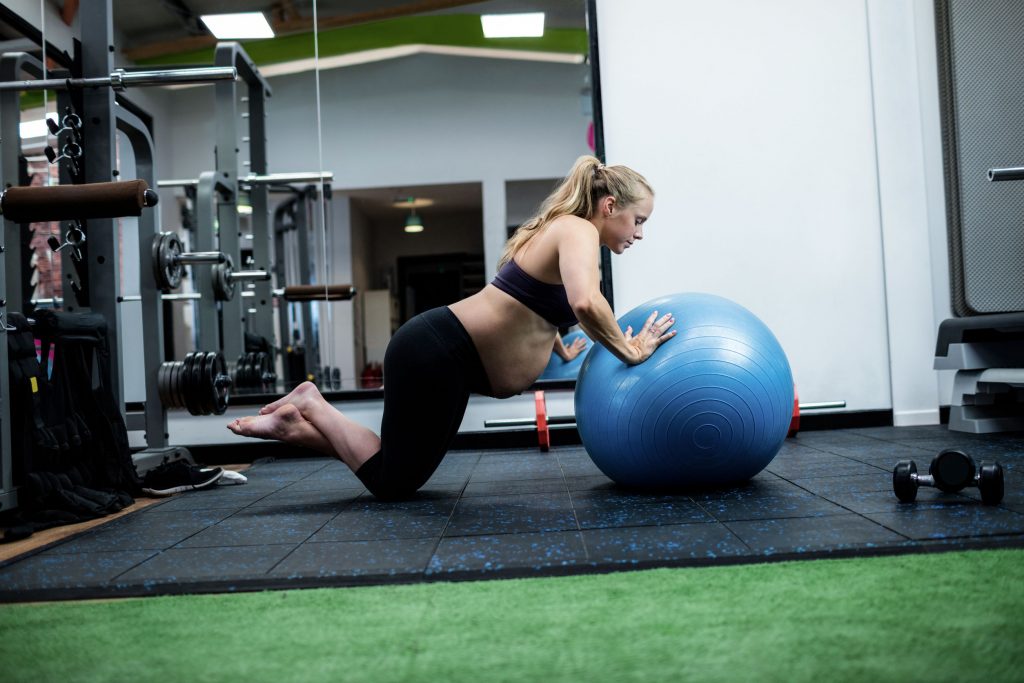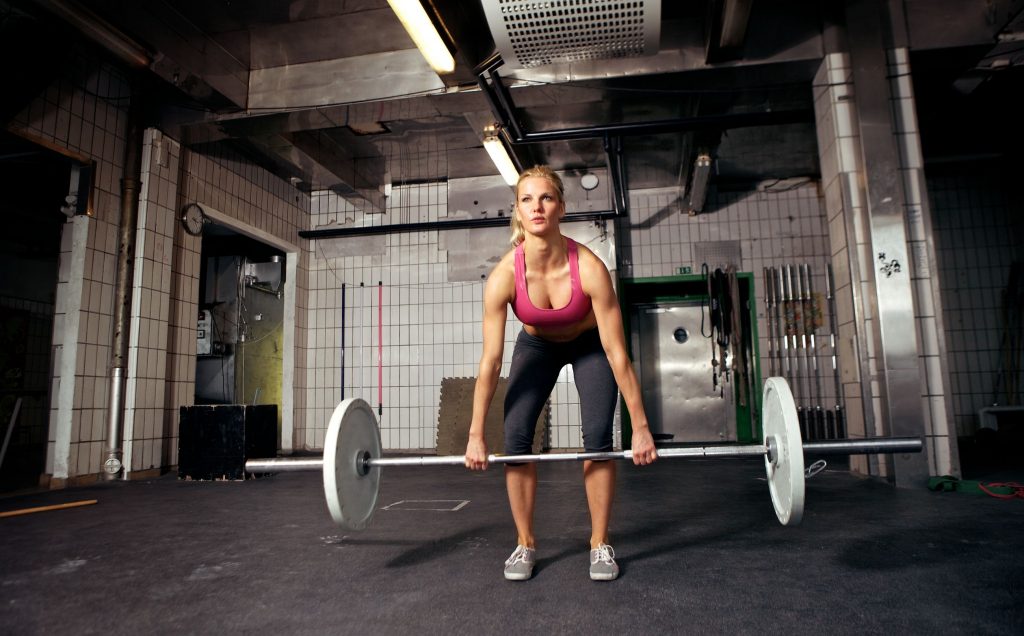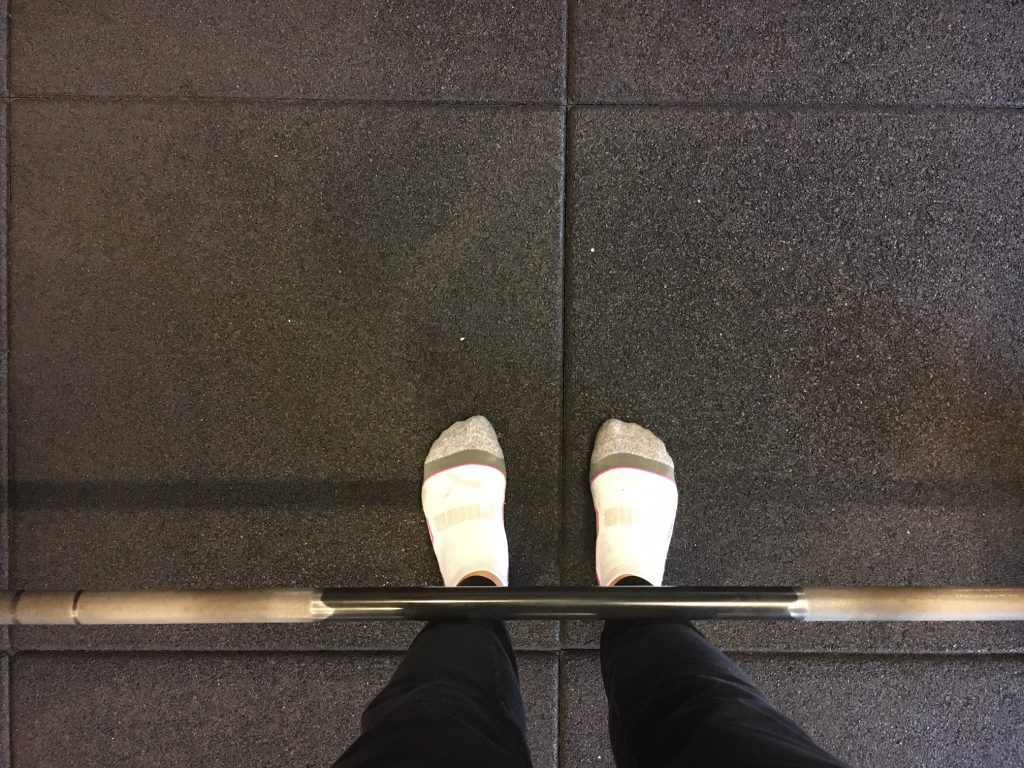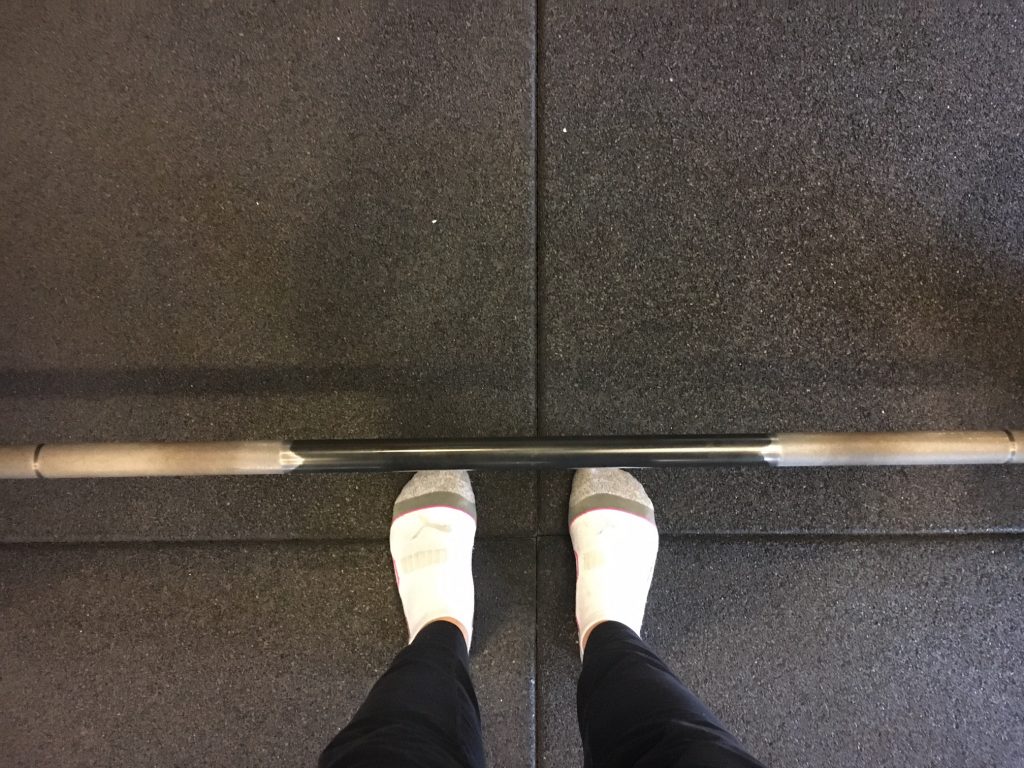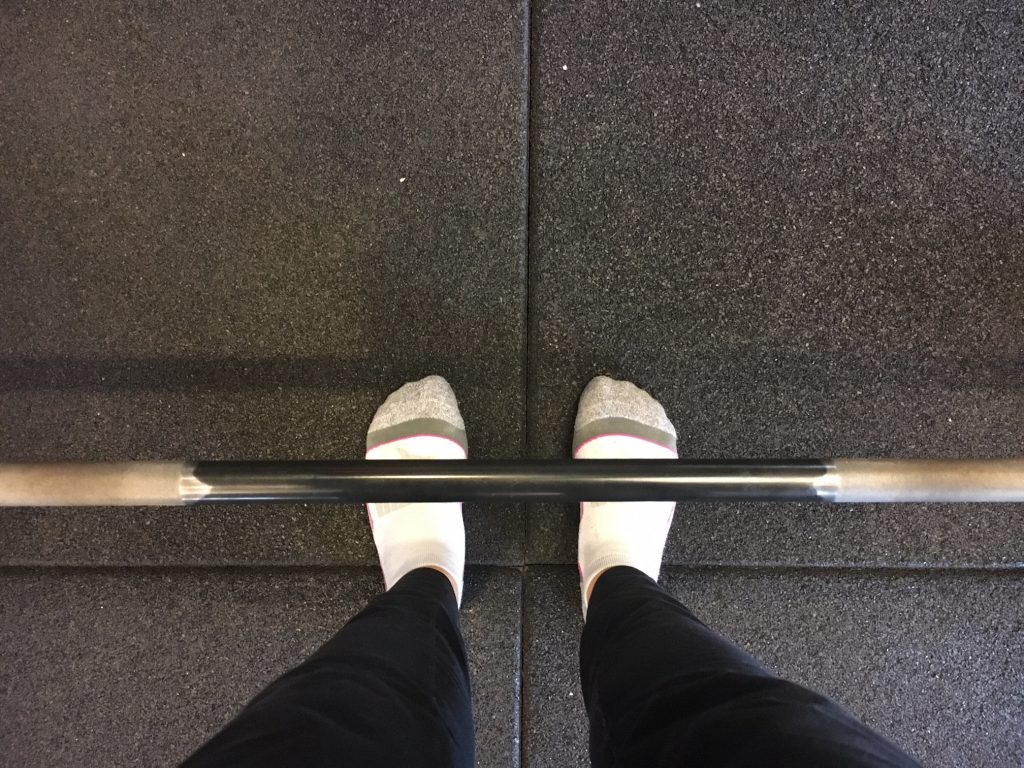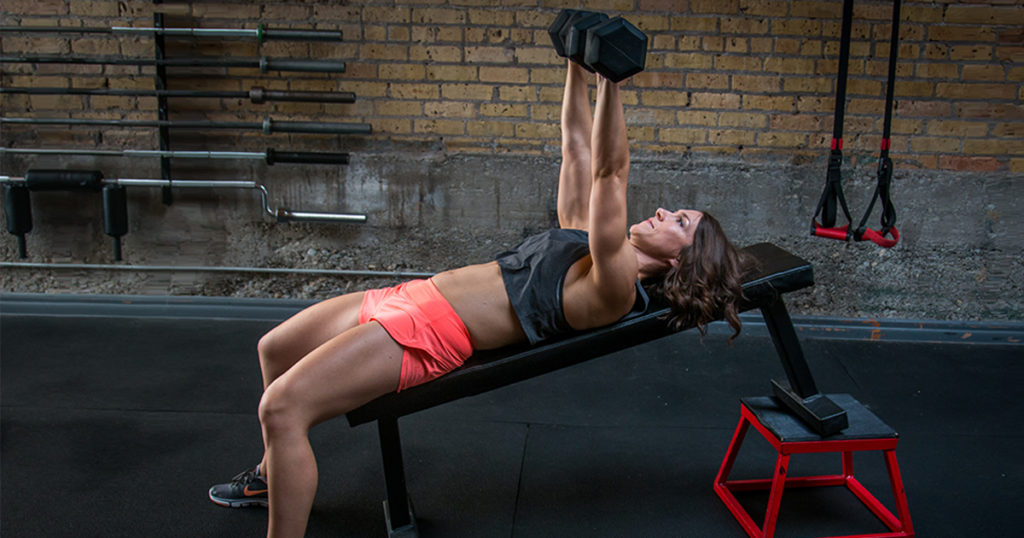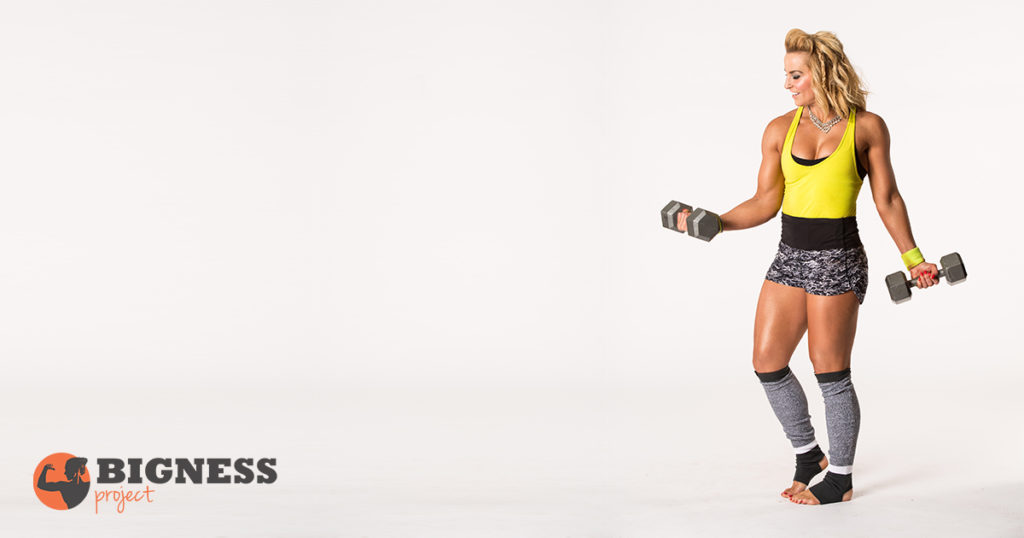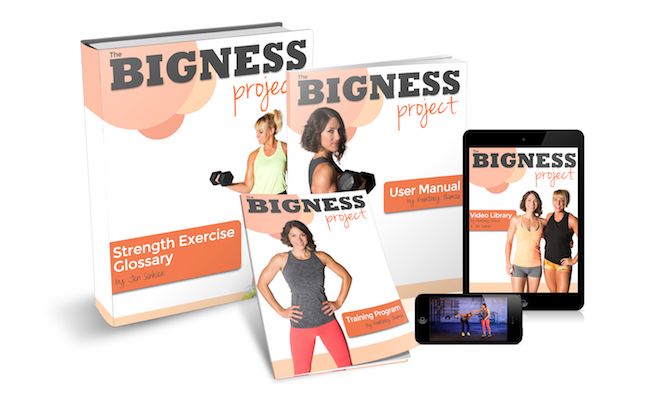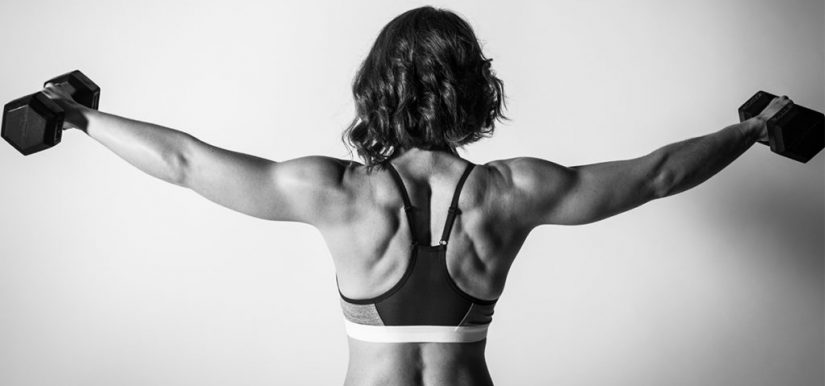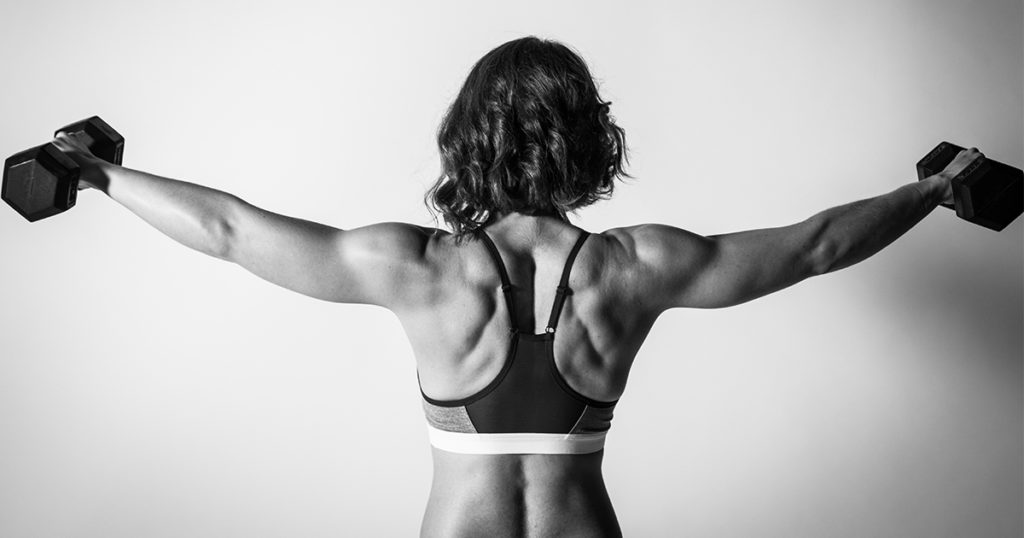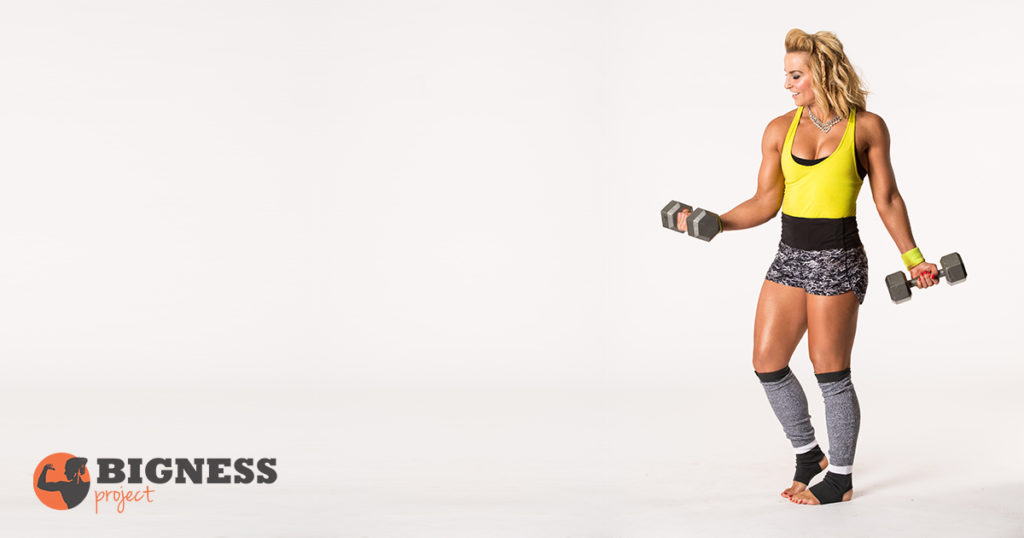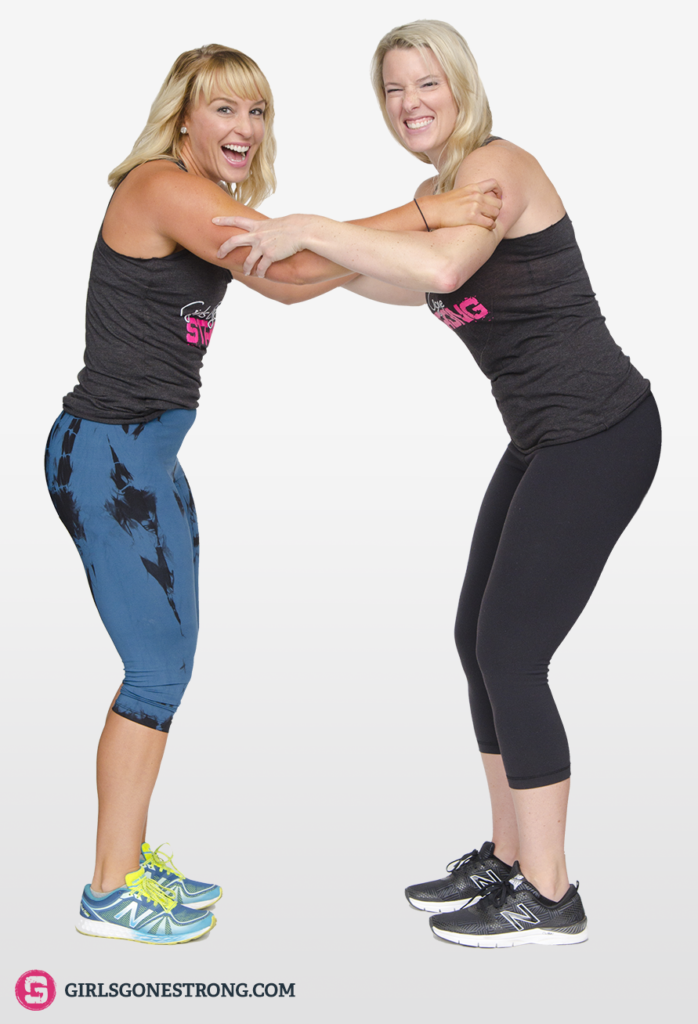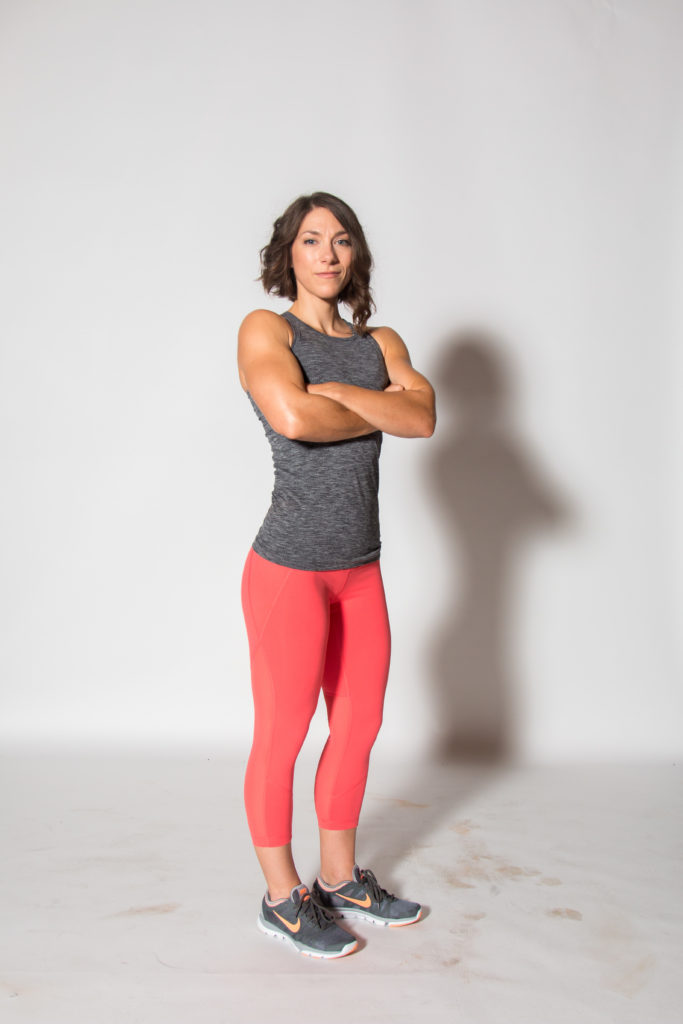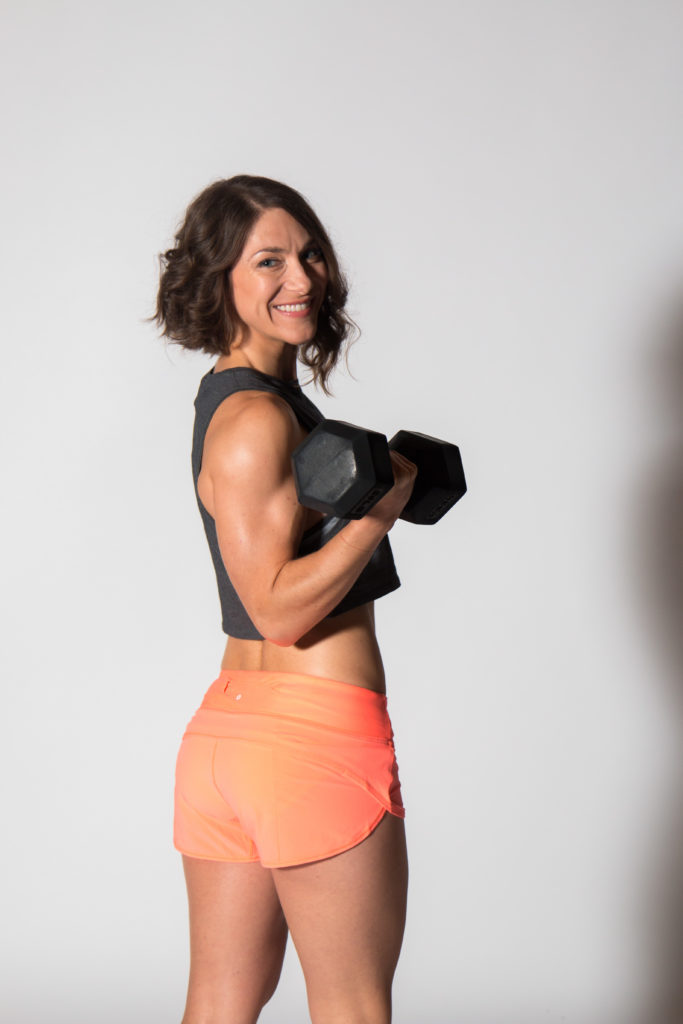What’s our obsession with making things hard or complex?
The Lost Art of Simple
I remember when I was a kid all I needed to entertain myself was my bike. I’d ride around pretending I was Knight Rider talking to my bike as if it were KITT.1
“Turbo boost KITT.”
And then I’d pedal faster.
“Oh snap, we’re under heavy fire and need to perform counter measures.”
And then I’d swerve back and forth between trees avoiding every heat seeking missile sent in my direction.
“KITT, eject, eject.”
This is when I’d point my bike in the direction of some sweet jump I’d have constructed, and, well, this would happen:
Nowadays you ask a kid to go outside and play and they’re looking at you as if you have three heads and wondering how that’s even possible without an iPhone in hand. It’s almost as if there has to be some form of technology or gadgetry involved.
A frisbee? No way.
A wiffle ball and bat? Pfffft, whatever.
A tree? Hahahahahaha.
The simple days of simple games are long gone. I mean, I know they exist, and I know there are kids out there still playing hide-n-seek, kickball, and pick-up basketball.
But it’s few and far between. Pokemon Go, seemingly, has replaced the playground.
I can’t help but notice the same parallel in the fitness industry. People (on both sides of the fence: fitness pros and non-fitness pros alike) seem to be under the impression that fancy or complex is somehow better than simple. And maybe even more tragic: many believe that better results are always a result of adopting complex methodologies over the simple ones.
Sometimes this is true. Oftentimes it’s BS.
I’ve had my fair share of other coaches coming in to shadow and observe for a few hours at a time. It’s always an honor and I am more than willing to accommodate. Sure they could spend their time reading Mike Boyle or watching any litany of fitness people on Instagram, but no, some choose to come in on a Saturday to watch people deadlift and listen 90’s hip hop.
One theme I am becoming more cognizant of is how surprised some coaches are about how “simple” my programming is.
There’s very little glitz and glam or shiny bright objects to pivot from the fact that all I really want is for my clients/athletes to become unapologetically brilliant at the basics.
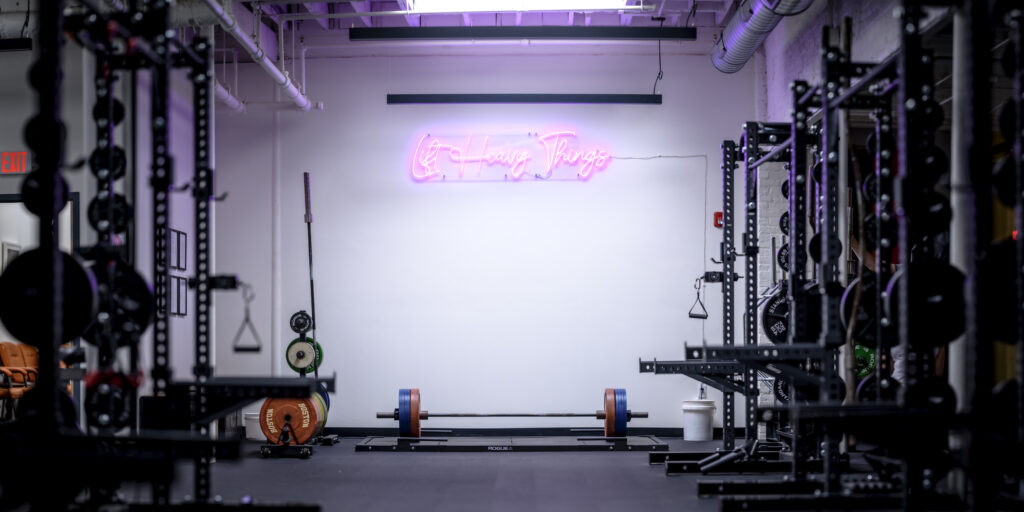
People squat, people hip hinge, and people perform these things called rows, push-ups, and Farmer carries.
You may have heard of them.
Antiques to some, I know.
Furthermore, is my assessment process.
The idea of simple starts there. Unless someone is coming in with a lengthy injury history or is training for something super specific like, say, I don’t know, the Mime Bombsniffing Olympics, what advantage is there in making the assessment more complicated than it has to be?
Taking a more global approach is a fantastic starting point for most people. There’s no need to put them under a microscope. If anything, for most people most of the time, their “assessment” is nothing more than an opportunity to weed out “red flags” by taking a quick peek at hip IR/ER, hip flexion/extension, and other things like overhead shoulder mobility.
In a sense I’m trying to see what their passive ROM is, are there any limitations, and if so, 1) does it match their active ROM and 2) are there any test/re-test strategies I can implement to see an improvement?
To a larger degree (and stealing a quote from my friend, Luke Worthington):
“Can you do the thing that you want to do? Yes. Good. No. Let’s fix that.”
Here’s the Thing: 80% of my assessments are done on the gym floor. There’s only so much poking and prodding I can do on table before A) shit starts getting weird and B) the client starts feeling like a patient.
In reality the assessment should be a watered down training session.
- I want to see them squat.
- I want to see them hip hinge.
- I want to see them get up off the floor.
- I want to see them Sparta kick the wall.

I can glean way more information watching people move. And too, they get a taste of what a typical training session will be like with me.
It’s a very simple procedure that, when some coaches observe, comes across as super-duper minimal, and it throws them off, as if to say, “Really? That’s it?”
Yep, that’s it.
People want to train.
They could give two flying shits about their big toe dorsiflexion. Trust me.
Funny Side Story: I was once given a “bad” review at a conference I spoke at because in my topic, “Shoulder Assessment,” I didn’t demonstrate anything “new and innovative.” To which I was like, “Well, since when does shoulder assessment need to be new and innovative?” Why not take the mindset of doing the “boring” screens well?
Note to Self: Bring a flame thrower to next speaking engagement. That will add some innovation.
Going Back to Programming.
This is another component where I feel simplicity has its benefits.
The never-ending game of oneupmanship on social media many fitness pros play is exhausting. This is a conversation for another day, but the LOOK-AT-ME, performative vibe many take is absurd. I watch some of the videos people put up and all I want to do is say “Riiiiiigggghhhhttt.”
I also want to throw an ax into my face, but that’s besides the point.
Comparatively speaking my Instagram feed is probably batshit boring to some people.
I can hear the cacophony of “BFD” comments now. “Wow, cool Tony. You have your clients squat. What’s next: A set of chin-ups?
No, wait, Pallof Presses!?!?!”
Actually, yeah. Probably.
Call me crazy, but I’d rather educate and provide a rationale for putting up certain videos/pictures (cute cat pictures aside) than worry about whether or not I’m earning some fleeting social media credibility.
What’s more, you wanna talk about boring and vanilla? Grab two back-to-back programs of any client of mine and it’s a safe bet you’ll see more of a linear periodization approach, which is about as vanilla as things gets. Take my client Sara for example (the woman in the video above).
On the days she trains with me at CORE we tend to focus more on the coaching-intensive exercises like squats and deadlifts. We’ll first hit one of the two hard (generally, lower reps/mid to higher intensity loads) and follow suit with “everything else.”
Here’s how we approached her squats and deadlifts the past two months.
October
| Sumo Deadlift (Weeks 1,3), Back Squat (Weeks 2,4) | |||||
| Week | Sets | Reps | Load | ||
| 1 | 5 | 2 | 85% | ||
| 2 | Hit 135×1 | then | 3×5 | 115 lbs | |
| 3 | 3×1 @90% | then | 3×5 | 75% | |
| 4 | Hit 140×1 | then | 3×5 | 120 lbs | |
November
| Sumo Deadlift (Weeks 1,3), Back Squat (Weeks 2,4) | |||||
| Week | Sets | Reps | Load | ||
| 1 | 4 | 5 | 75% | ||
| 2 | 135 x (2×1) | then | 3×3 @ | 125 lbs | |
| 3 | 5 | 5 | 75% | ||
| 4 | 145×1 | then | 3×2 @ | 130 lbs | |
If you pay particular attention to her squat progression, it’s more or less me ensuring she was doing more work each week.
Nothing magical or advanced at all.
And it worked.
She smoked a PR of 145 lbs this past Monday. While listening to Lil Kim. Because that’s how we roll.
Program design doesn’t have to be complex.
All it really comes down to is ensuring you’re coaching your clients well (<– a lost art in of itself) utilizing stances and grips and bar placements that suit their goals and anatomy…
…and that they’re placing a premium on doing more work over the course of several weeks/months.
Simple and Boring. It Works
I’m willing to bet your clients will prefer a simpler approach (if not thrive on it) once you give it a fair shot.
- People tend to not need as much novelty as they think. Muscle confusion is a stupid concept. People need consistency in order to master movement.
- You don’t always need to increase load. People need to earn the right to increase weight on the bar. Staying within a certain range for several weeks and accumulating volume is often a undervalued way to progress.
- Try not to make assessment to much of a thing. Granted, if someone has a lengthly injury history you may need to go down some sort of rabbit hole to figure out what exacerbates their symptoms. And then attempt to address it. But more often than not people will appreciate you not putting them under a microscope. If you treat the assessment as more of a training session and not some sick game to point out every miniscule dysfunction and how much of a walking fail someone is, they’ll be less likely to think you’re a douche.

